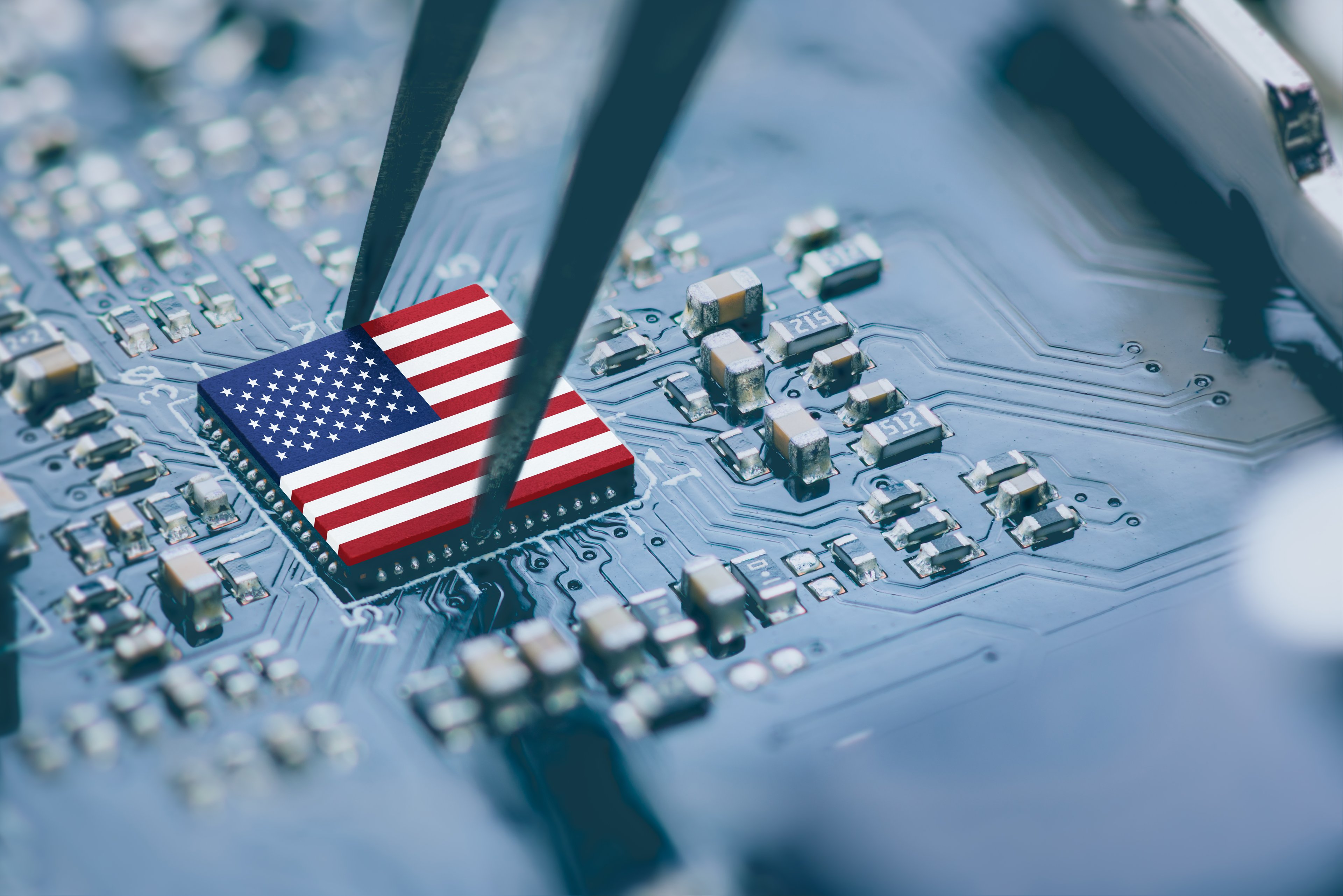Forget about tablets and smartphones for a minute -- 2011 looks like a great year to buy a new laptop computer. Intel (Nasdaq: INTC), NVIDIA (Nasdaq: NVDA), and Advanced Micro Devices (NYSE: AMD) are all rolling out major improvements to their mobile processor lineups next year. This makes for a fresh investing angle on some familiar faces in the market.
Better late than never
AMD met with a lot of blank stares when it bought graphics chip maker ATI four years ago. The combined CPU-and-graphics product born from that meeting of minds was years away from reality, and execution problems at the company pushed Fusion back further than anyone expected at first. It's about to hit store shelves soon, with samples going out to system builders this summer. And laptops will be the proving ground for AMD's first Fusion chips.
AMD has at least 135 design wins with major systems manufacturers for this summer's mobile processor refresh, including 26 ultra-thin models. But this is just an appetizer; the real avalanche of AMD notebooks should start in 2011, when Fusion hits home.
The Fusion family should be ideal for video-heavy multimedia processing, which makes it a timely addition against a backdrop of the video-fueled ambitions you see at Cisco Systems (Nasdaq: CSCO) and Google (Nasdaq: GOOG). When viewing and publishing home-made movies is getting trivially easy, it makes lots of sense to put high-powered video editing tools in the hands of consumers everywhere. Making it a portable gadget, like a laptop or a tablet, is delicious icing on the cake.
Big power in a small package, wrapped in AMD's customary affordable price tag -- and all at what looks like a prime time to make a portable computing play? These things should sell like ice-cold lemonade on Miami Beach.
But wait -- there's more!
That doesn't mean you can forget about Intel or NVIDIA. Intel's Sandy Bridge chip will also hit notebooks next year, and the expected performance boost, coupled with a lack of on-chip graphics power, is what creates a split opportunity for these two specialists.
Sure, Intel would have preferred to roll out a graphics solution of its own, but the Larrabee product was recently stopped in its tracks and rerouted into supercomputing jobs. There is no doubt that Sandy Bridge will score big for Intel (given that lofty performance expectations weren't grabbed out of thin air), but there is no Intel-designed pixel-pushing technology to match. That's where NVIDIA comes in.
Decisions, decisions ...
So when you pick up a laptop next year to pretty up those home videos taken on a Cisco Flip camera, you will have three attractive choices for hardware-assisted editing:
- AMD-based laptop with Fusion graphics built right into the core processor
- Intel-based laptop with AMD/ATI graphics -- a serious case of Wrong Shui, like wearing white socks with sandals
- Intel-based laptop, NVIDIA graphics
Of these options, only the Fusion platform gives you the entire hardware stack from one company. You should expect better software support for this solution than for the others, because the graphics guys have direct access to the CPU people and vice versa. Intel and AMD don't get along nearly as well, and Intel gleefully trades lawsuits with NVIDIA, too.
Don't wait 'til the last minute
Of course, all of this needs to be proven by real-world performance and stability tests, which can't happen until Fusion and Sandy Bridge are ready for prime time. But one thing seems certain: There will be plenty of reason to upgrade portable systems next year. The current boom in smartphones and tablet computers may help Apple (Nasdaq: AAPL) and QUALCOMM (Nasdaq: QCOM) to achieve vertigo-inducing heights today, but the next year could very well swing the pendulum back toward old-fashioned laptop computers.
The Big Three names for those types of chips are poised to profit from that swing, whether or not they make a dent in the smartphone sector.
Which chip stock would you buy today? Discuss in the comments below.











